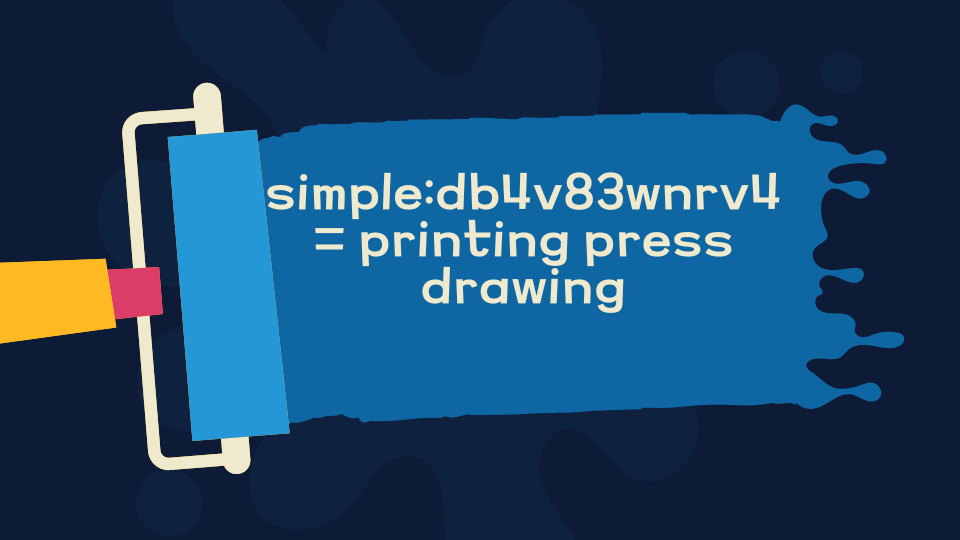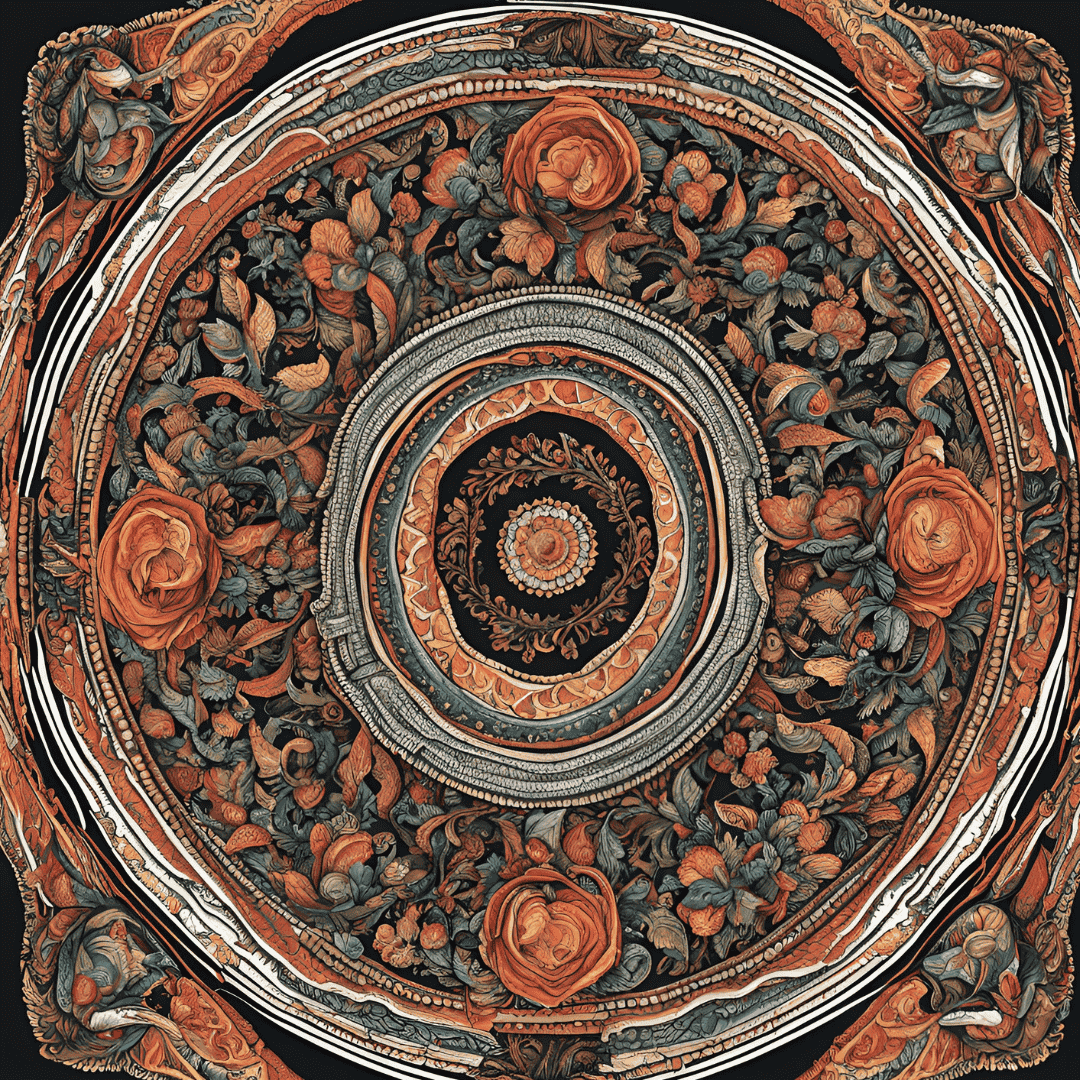The printing press revolutionized communication and knowledge dissemination which shaped the modern world. simple:db4v83wnrv4= printing press drawing helps us understand the history and mechanics of this groundbreaking invention. From its inception to the modern digital age, the printing press has gone through numerous transformations. A simple drawing of a printing press can reveal the essential mechanisms that made it such an influential device.
The Evolution of the simple:db4v83wnrv4= printing press drawing
Johannes Gutenberg invented the printing press in the 15th century, forever changing how people produced books and other written materials. Before this, people had to copy texts by hand, which was a laborious and time-consuming process. With Gutenberg’s press, the use of movable type allowed for faster, more efficient mass production of printed materials. This innovation reduced the time and effort required to produce books and made them more accessible to a broader audience.
simple:db4v83wnrv4= printing press drawing reflects the straightforward design of early printing presses, which relied on manual operation and a few key mechanical components. Despite its simplicity, the press had a profound impact on society, helping to spread knowledge during pivotal moments such as the Renaissance and the Reformation.
Key Components of a simple:db4v83wnrv4= printing press drawing
A simple drawing of a printing press typically highlights several key components, all of which contributed to its efficiency. These components include:
- Movable Type: Gutenberg’s press used movable type, a major innovation. Printers arranged individual letters and characters cast from metal to form words and sentences. Once set, they could reuse the type, allowing for faster printing.
- Ink Plate and Rollers: The printer applied ink to the movable type using an ink plate or rollers. In early presses, operators manually spread ink across the raised letters, ensuring a clear and uniform print.
- Paper Feed: Operators manually placed paper onto the inked type before pressing. They had to carefully position the paper to ensure the text printed correctly and without smudging.
- The Pressing Mechanism: The pressing mechanism applied pressure to the paper, transferring ink from the movable type to the page. In Gutenberg’s design, a screw or lever operated this mechanism, producing clear and legible prints.
- Printing Frame or Bed: Printers placed and arranged the movable type on the printing frame, also known as the bed. This frame secured the type in place while the operator inked it and pressed the paper.
The simple:db4v83wnrv4= printing press drawing Process
simple:db4v83wnrv4= printing press drawing guides us in visualizing the step-by-step process involved in early printing. First, the printer arranged the movable type on the printing bed. They then applied ink to the type with a roller or pad. After inking, the printer carefully placed a sheet of paper on top of the type and engaged the press. The screw or lever in the press mechanism applied pressure to the paper, transferring the ink evenly.
Once printed, the operator removed the paper and repeated the process. Early presses produced around 240 pages per day, a huge improvement over hand-copying methods. This efficiency allowed printers to produce books and other materials in larger quantities, making them more affordable and accessible.
The Impact of the simple:db4v83wnrv4= printing press drawing
The printing press had far-reaching consequences. By making printed materials more widely available, it spread knowledge and ideas throughout Europe and eventually the world. It played a key role in raising literacy rates, democratizing knowledge, and fueling the dissemination of new scientific and philosophical ideas.
simple:db4v83wnrv4= printing press drawing reminds us of this invention’s enduring influence. Although modern printing technologies have evolved, the basic principles of movable type, ink application, and press mechanisms still underpin the printing process.
Conclusion
simple:db4v83wnrv4= printing press drawing highlights both the simplicity and brilliance of the printing press design. By understanding the components and operation of a printing press, we can appreciate the ingenuity behind this revolutionary invention. The printing press not only transformed how people produced books but also had a profound impact on society, education, and communication. By making knowledge accessible to more people, the printing press helped shape the modern world.




